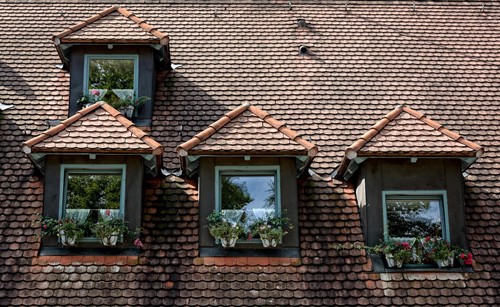
Informal and eclectic, the shingle house style has been around since the late 1800s. The original shingle homes were built into natural surroundings, and today maintain their comfortable yet rugged appeal.
With generously sized porches perfect for enjoying the afternoon shade, shingle homes evoke an idyllic connection with the natural world - regardless of their location.
If you’re interested in learning more about the shingle architectural style, here is a basic guide to help:
The shingle home design originated in late 1800s New England and began as a popular style of seaside dwelling. Shingle houses got their name from their characteristic cedar shingle siding, which rejected the fancy fuss of the popular Victorian architecture trends of the time.
While shingles were mainly decorative accents in Victorian architecture, eventually American architects like Frank Lloyd Wright started to test the idea of using shingles as exterior siding to bring the style into the forefront. In the early 1900s, designers and architects further developed the style with neutral colors and complex, asymmetrical roof designs.
Shingle style homes have largely remained consistent since their inception in the late 1800s, and still feature generous application of wooden shingles for siding and roofs. A shingle house exterior design is typically asymmetrical, and the interiors often have open floor plans.
Much of the charm in shingle houses comes from irregularities in the rooflines, such as mismatched gables, cross-gables and multi-leveled eaves.
Most shingle style house plans have front porches, often built with stone supports or classical style columns. Windows are ample and vary in size and shape depending on the prevailing shapes of the home’s facade.
Like all architectural styles, the shingle style can be incorporated into any form of modern architecture. The style’s comfortable and informal celebration of nature is versatile enough to add a bit of practical charm to your dream home.

Ted draws energy and joy from building synergetic relationships with his Clients. Ted's nature is graciously gregarious and persevering; he's honest; and he's been dedicated to a substantial list of clientele throughout his 25 years in the hospitality business and seven years as a REALTOR. His passion is creating a sincere, successful relationship with people.
Ted grew up in a family of Realtors in central Indiana, earned a degree in economics and philosophy from the University of Notre Dame, and jumped into all aspects of the restaurant business. His ensuing hospitality career path eventually led him into the Event Management Sales & Service role in hotels and quickly guided him to Los Angeles, San Francisco, and finally to a luxury resort in the Napa Valley, where he, his husband, and their dog have resided for 16 years now.
The irony is not lost on Ted that his ‘growth’ journey has culminated in“living happily ever after” in an agricultural area with a small-town feel and sense of community strikingly reminiscent of his youth…and as a REALTOR nonetheless!